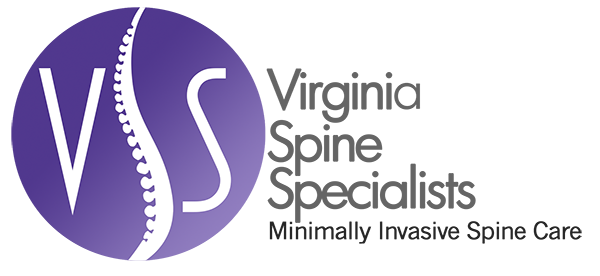Spinal Cord Stimulation
Neurostimulation (sometimes referred to as spinal stimulation or spinal cord stimulation) is a technique for decreasing a patient’s pain by substituting a pleasant massage-like vibration sensation instead of the pain. This is achieved by placing a small electrical circuit next to the spine and connecting it to an AC battery
This technique has been around for several years and has been successfully used to treat patients with pain coming from failed back surgeries (see Dr. Sharma’s recent blog post on Failed Back Surgery Syndrome) or from amputated limbs, degenerated spinal conditions and pain in legs after healed fractures.
The technique works by using body’s own circuitry – the stimulator basically “short circuits” the body’s ability to convey pain and turns it into a pleasant vibration sensation. This is achieved through a very small cable implanted next to the spinal cord and connected to an internal implantable battery.
The process of neurostimulation starts at the referring physician’s office. Either the patient’s primary care physician or the spine specialist recognizes the ideal candidates for this therapy. This is followed by the approval process including a medication evaluation and psychological profile. After the pre-approval, an interventional pain specialist starts the process of the trial where the electrodes are placed around an area of the spine that frequently helps cover the pain.
After a successful trial, the patient goes on to get permanent spinal stimulator. This outpatient procedure does involve surgery but the recovery is quick enough to allow the patient to frequently go home the same day.
It is important that the patients seek help from spine specialists who do a large number of these procedures on a routine basis. In the right hands and with the right help, you can live a life free of pain. AGAIN.
Founder, Virginia Spine Specialists

Categories
Archives
Contact Dr. Mudit Sharma
Phone: (571) 921-4877
Toll Free: (855) 774-6334
Monday – Thursday: 8am – 4pm
Friday: 8am – 2pm
Fredericksburg
4604 Spotsylvania Parkway, Suite 300 Fredericksburg, VA 22408
Manassas
8650 Sudley Road, Suite 315
Manassas, VA 20110-4418
